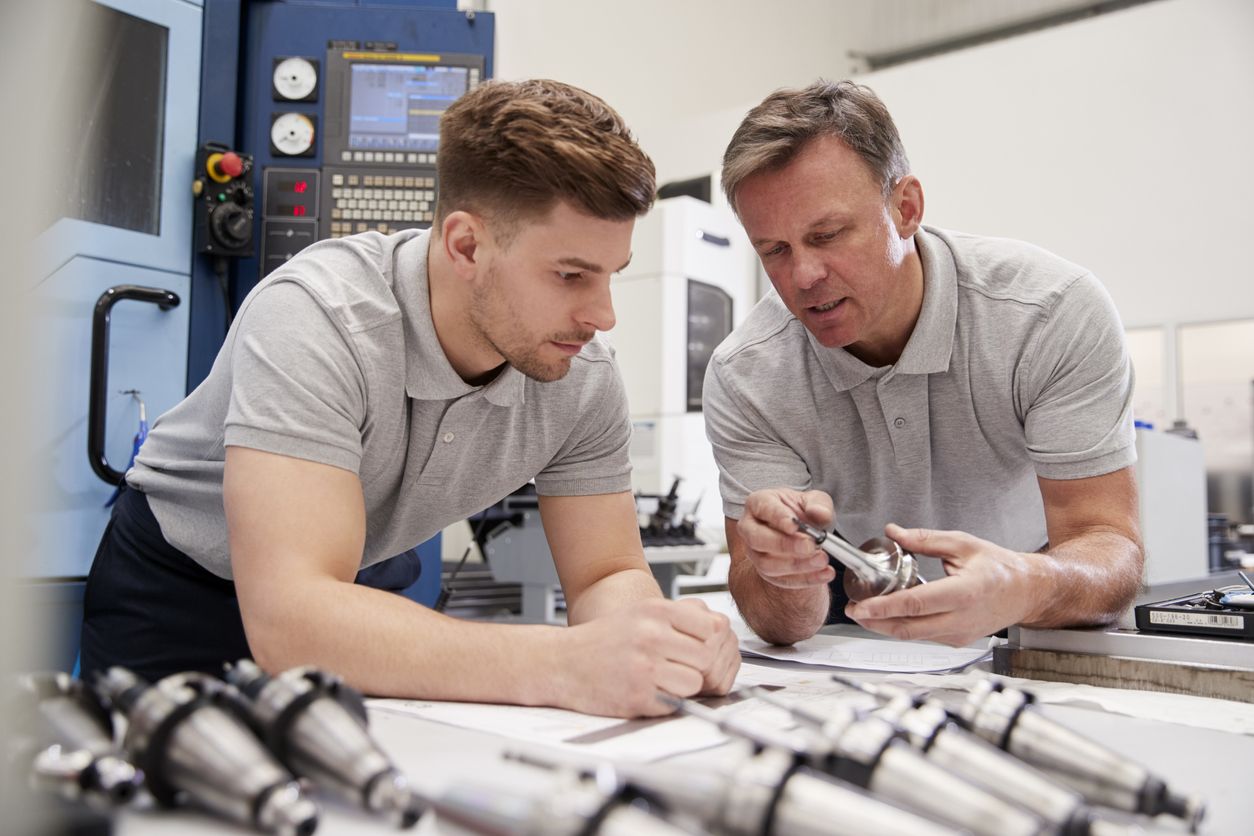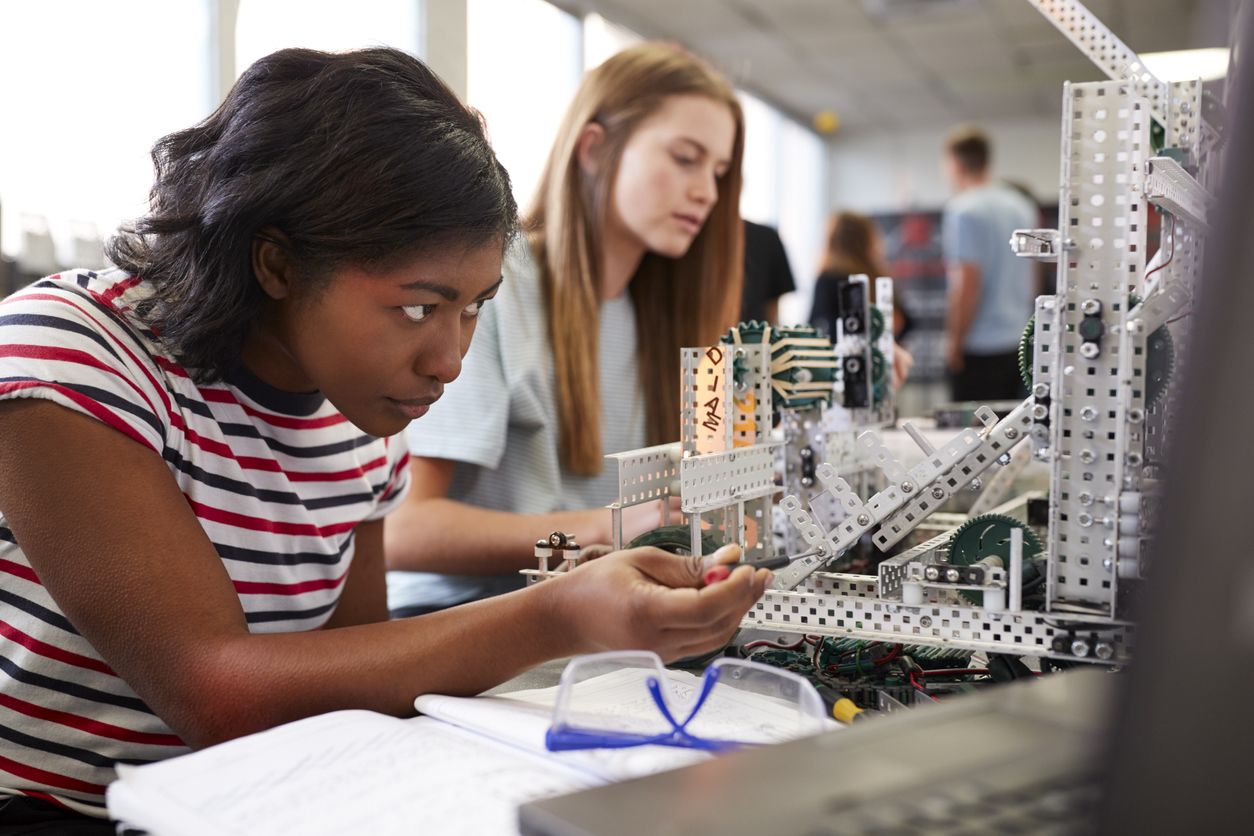The iGen Effect: Using Student Expectations to Drive Campus Innovation

Among college and university leaders, the imperative of innovation is now a meme bordering on cliche. The need for institutions to embrace the future has become, arguably, the prime business focus for colleges looking to compete in an increasingly tough market. As institutions hatch plans and hire consultants to figure out the best ways to be more inventive and responsive, they shouldn’t overlook one guide to innovation that they already have at their disposal: their students.
The cohort known as iGen encompasses young people age 8 to 23, and includes most current college students, as well as those who will soon follow them. Instinctually, this group welcomes new technologies, materials, and ways of learning, while insisting on greater access to various campus services, forcing institutions to adapt to its unique sensibilities.
A recent study by The Chronicle of Higher Education shows that iGen students themselves are by far the largest drivers of on-campus innovation. More diverse, tech-savvy, and budget-minded than previous generations, iGen-ers are far more likely to spur innovation than college officials or faculty, not to mention businesses, parents, and politicians.
They might not yet be making strong demands that colleges create better and more open career and tutoring services, more collaborative learning experiences, and more powerful tech tools that allow them to access aspects of their college lives 24/7. Still, their expectation of those things is driving meaningful change across campuses nationwide—while leading iGen-ers to gravitate toward schools that embrace innovation.
Institutions that don’t figure out what iGen wants, do so at their own peril. “Colleges and universities need to serve iGen very differently” from previous generations, says Jean M. Twenge, a psychology professor at San Diego State University, and author of iGen.
The iGen effect on campus is most prevalent in three areas: career readiness, the learning experience, and technology that matches their unique style of learning.
Career Services When They Need Them

In poll after poll, students say that their top reason for going to college is to get a good job. Campus career services ranks high on students’ list of priorities.
Having grown up during the Great Recession and watching their Millennial siblings groan under the weight of college costs and loan debt, iGeners view attaining a decent-paying and fulfilling job as a major goal of life. They insist on convenient access to career development programs, as well as advising, mental health, and tutoring services, studies show.
Institutions are working to meet their desires. In July, Colgate University opened a $16.4 million, 17,000-square-foot center where students can get career counseling. Outfitted with the latest technology, the center also helps students prepare for job experiences, such as fellowships and internships.
At the University of North Texas, another new program is designed to link students with high-impact experiences and help them develop marketable career skills. Called Career Connect, the program is based on the idea that students, who have already gained some real-world knowledge in the classroom and through co-curricular activities, need to offer employers clear evidence of those skills.
“Career Connect is a way to integrate all of the activities to really showcase student skills like communication, teamwork, and critical thinking,” says Mike Simmons, the assistant vice president of academic affairs at North Texas. “The ability to demonstrate these in-demand professional skills sets our students up for success and ensures that their marketable skills are front and center for potential employers and graduate schools.”
While focusing on iGen student expectations, North Texas has worked to break down the divisions between its academic affairs, advising, career services, and student affairs—offering a road map for colleges looking to streamline their services to students.
Many colleges already realize the need to offer services to students whenever or wherever they need them. Getting those services can be a challenge for today’s students—iGen and otherwise—who are more likely than students in the past to hold jobs or study remotely. Those who do spend time on campus also value accessibility and privacy in ways that previous generations didn’t.
Students seeking tutoring help now have more convenient options, including online help. Institutions that also hire tutors through contracts with private companies are more likely to be able to meet the demands that come with students’ busy schedules. Students may not be able to avail themselves of tutoring help 24/7, but institutions—including the University of Arizona and Ozarks Technical Community College—keep tutoring centers open until 11 p.m. on most weeknights.
Other institutions are turning to one-on-one online systems to help students with services outside of class, like mental health and financial literacy programs. Forward-looking colleges are allowing student expectations — a desire to get help when they need it — to drive changes.


Learning How They Want to Learn

Despite their love of technology, iGen-ers do not see it as the foundation of a valuable learning experience. They favor a blend of teaching methods, including face-to-face, digital, and online, as well as project-based and collaborative learning. And because of their experience growing up in lean economic times, they don’t want to pay an arm or a leg for textbooks and other course materials. Predictably, they are happy to get their learning resources online, especially if they are less expensive.
For many students, new models of inclusive access — where course materials are made available as part of registering for the class — are gaining traction. Students find that getting texts, digital materials, and other learning tools can help them get and maintain an edge as they progress through a course.
Again, colleges are moving to match students’ wishes with programs. At the University of Iowa, a Pearson Inclusive Access program in a general chemistry class has allowed more students to get to work on assignments earlier. What’s more, the price of the inclusive program is included in students’ tuition costs—there are no added fees for accessing it.
Such access is especially important for iGen, the most diverse generation ethnically and socially in U.S. history, during a time many students struggle to afford college.
Before the Iowa program was made available five years ago, less than one percent of students began working on assignments before the course began. And just two percent opened the books by the first day of class. Now, 70 percent of students have begun working with course materials by the first class session.
After Auburn University instituted a similar system, the university surveyed more than 6,000 students who participated. One third of them said they would not have purchased the course materials at all had they not been part of an “all-access” digital package.
By packaging the materials and making it easier for students to get them digitally, universities are allowing students to focus on their central job: doing well in a given course.
Better Connecting Students with New Learning Tech

Though iGeners expect their college experience to be multi-faceted, their love of technology has made them more receptive to learning tools that incorporate it. Along with new ways of obtaining textbook information, iGen students stand ready to embrace even the most futuristic types of devices and learning methods.
Their appreciation for learning in groups has been aided by new technology, such as Google Docs or Slack, that allows for real-time collaboration with educators and other students.
A few colleges and universities have moved even further toward a brave future, meeting iGeners’ desires for learning more viscerally by constructing some courses with the help of virtual reality (VR) modules that allow students to experience representations of the environments or subjects they are studying. At the University of Buffalo, for example, students are trained to teach others using VR. They take “field trips” to geological sites and other simulated learning environments.
Biology students at Arizona State University now do their lab work in virtual space. Some universities are partnering with hospitals to teach students via simulations that use augmented or virtual reality tools.
And here’s where the iGen sensibility might point institutions toward not just happier students, but better outcomes: Research shows that students learn better when they are more fully engaged. Learning retention rates improve by up to 10 percent when students are allowed to use virtual reality programs, some studies have shown.
Those outcomes offer some idea of what iGen-focused colleges can gain by following their students’ lead on the delivery of services, learning methods, and technology. The institutions that do so will have a better shot at attracting more well-informed and tech-savvy students — and keep them until graduation.


